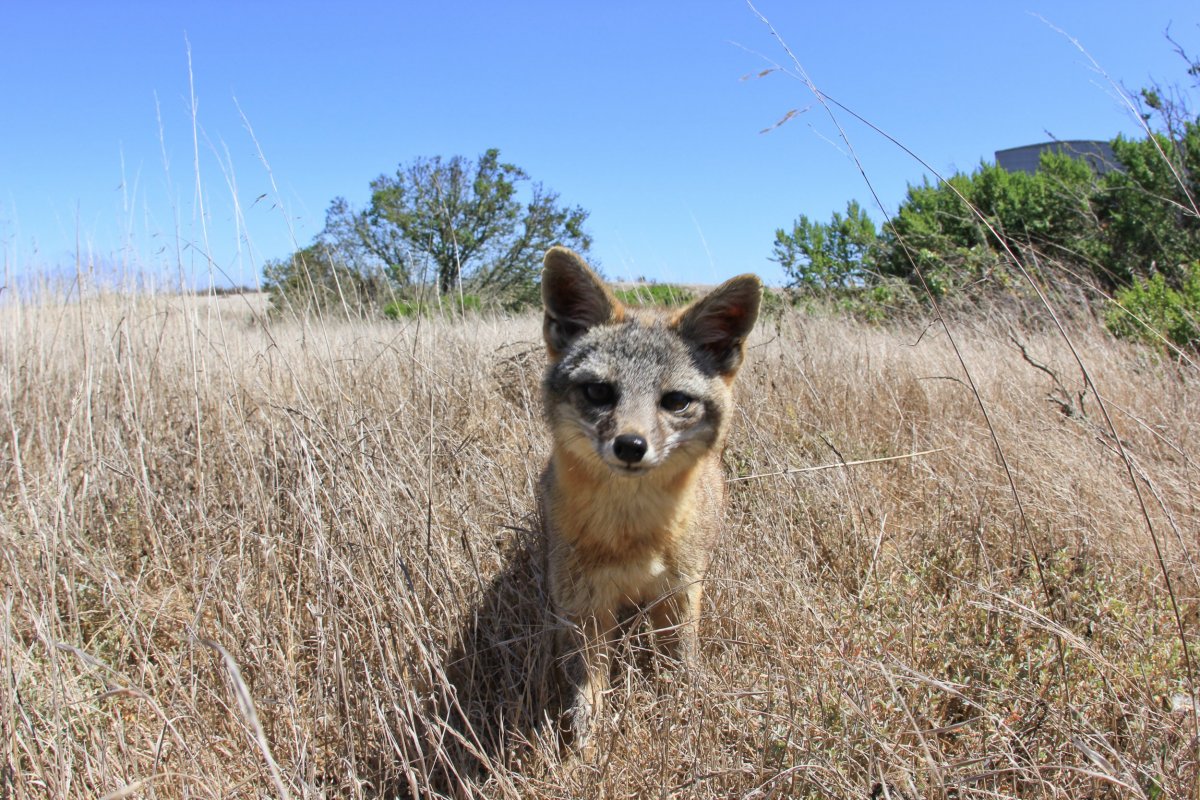
A fast-flying, black-and-white seabird was considered extinct for 150 years until it was spotted soaring above the waters over New Zealand's Little Barrier Island in 2003. By 2014, there was evidence of the New Zealand storm petrel breeding on the island. Scientists credit the native bird's recovery in large part to the eradication of invasive cats from Little Barrier Island in 1980 and the elimination of rats on the island in 2004.
Once their predators and competitors are removed, birds and mammals thrive on their native islands, according to results of the first-ever global study measuring how successfully invasive mammal eradication protects biodiversity. From their research, the results of which were published in the Proceedings of the National Academy of Sciences on March 21, a 30-member team of scientists found that 596 populations of 236 native species on 181 islands benefited from 251 eradications.
This is important because islands are at the same time extremely vulnerable to the threat of invasive mammals and one of the only places where it's entirely possible to completely remove them, according to the study's authors. Even though islands make up only 5.5 percent of terrestrial land area on Earth, they account for about 15 to 20 percent of its terrestrial species. More striking, about 40 percent of species that are critically endangered live on islands, and records show as many as 8 of 10 extinctions were of island species. Meanwhile, eradicating invasive mammals is a relatively inexpensive conservation method.
For its study, the team looked at eight countries in the world where 82 percent of island mammal eradications take place: the U.S., the United Kingdom, France, Ecuador, New Zealand, Australia, the Seychelles and Mexico. First, they examined information within databases, scientific literature and expert knowledge for evidence of benefits to native animals once invasive rats, mice, cats and goats, as well as the less common stoats, pigs, foxes, possums and rabbits, were eradicated from islands. They looked to see if there was evidence of population or reproduction rate increases for native species—or if any species were found to re-colonize an island where they were previously eliminated by invasive mammals.
Most often it was birds that benefited from invasive mammal eradication, accounting for nearly 7 in 10 species identified by the research. For example, researchers found proof that 10 years after invasive rats were eliminated from Anacapa Island, one of California's Channel Islands, the ashy storm petrel began to breed there again.
Another Channel Islands native, the endemic island fox, recovered so well after feral pig eradication was part of conservation efforts on Santa Cruz Island that the fox is now considered to be at lower risk of extinction by the International Union for the Conservation of Nature. The presence of piglets that provide a year-round food source for golden eagles led the eagles that were once just visitors to take up residence on the island. But predation by golden eagles placed the fox on the brink of extinction on Santa Cruz, Santa Rosa and San Miguel islands, according to the National Park Service.

"Humans have introduced non-native, invasive mammals (accidentally or intentionally) to 90 percent of the world's island archipelagos," says a co-author of the study, Don Croll, a biology professor at the University of California, Santa Cruz. "These mammals have devastating consequences for ecosystems because island species evolved in isolation without these mammalian predators. They have little to no defense against invasive mammals."
The study authors believe that their results could yield big gains for biodiversity across the globe, and for relatively little financial investment. Nick Holmes, director of science for the nonprofit Island Conservation, says eradication projects can range in cost from tens of thousands to millions of dollars, and cites one 2005 study for which 42 populations of invasive mammals were eradicated from 26 islands in western Mexico for $4.4 million.
Control efforts intended to keep invasive mammal populations in check are more costly since they must be done in perpetuity to have any long-term effect. Compared with keeping the invasive mammals in check, eradication can be comparatively less costly because its effects can be lasting.
"We have overwhelming, demonstrable evidence that this conservation intervention works to protect and restore vulnerable native island species…but [the paper] is also a call to action…. We know of thousands more islands with endangered and threatened species that are at risk of invasive species," says Holmes. "The conservation community has to do more eradications, and we have to do them faster. The time is now, and the need is urgent."
"We've known that invasive mammal eradications are a powerful conservation tool, but this is the first time the benefits have been quantified at the global scale," says Holly Jones, the study's lead author and an assistant professor in biological sciences at Northern Illinois University. "Twenty-one billion dollars are spent globally each year on nature conservation. A small fraction of this goes to eradication of invasive species, yet this relatively simple, cost-effective conservation intervention is benefiting hundreds of native animals and endangered species. This is fantastic news in the race to prevent extinctions."
Jones hopes the study's results will help conservation practitioners see where they can make further strides to curb extinctions and protect native species. "While we can't bring back the species that have gone extinct, our analysis shows that removing invasive mammals can help us undo some of the damage we've caused," she says.
Uncommon Knowledge
Newsweek is committed to challenging conventional wisdom and finding connections in the search for common ground.
Newsweek is committed to challenging conventional wisdom and finding connections in the search for common ground.
About the writer
To read how Newsweek uses AI as a newsroom tool, Click here.








